Photography has been used throughout my project work to document, place, time, feeling, weather conditions and chance encounters with plants and animals. Here I’ll jot down some notes from my wanders.
17th January 2025 - My first successful outing was to Cadishead and Little Woolden Moss, what a great place to start researching , there are two separate mosses here that are at different stages of restoration and there is also an area being trialled for paludiculture or wet farming. On my visit I could se evidence of restorative action such as freshly planted plug plants and empty post stacked up for collection. They even have bog boxes here, but more on that later.

Lichen in the grass

Exposed peat

Drainage ditch

Lichen
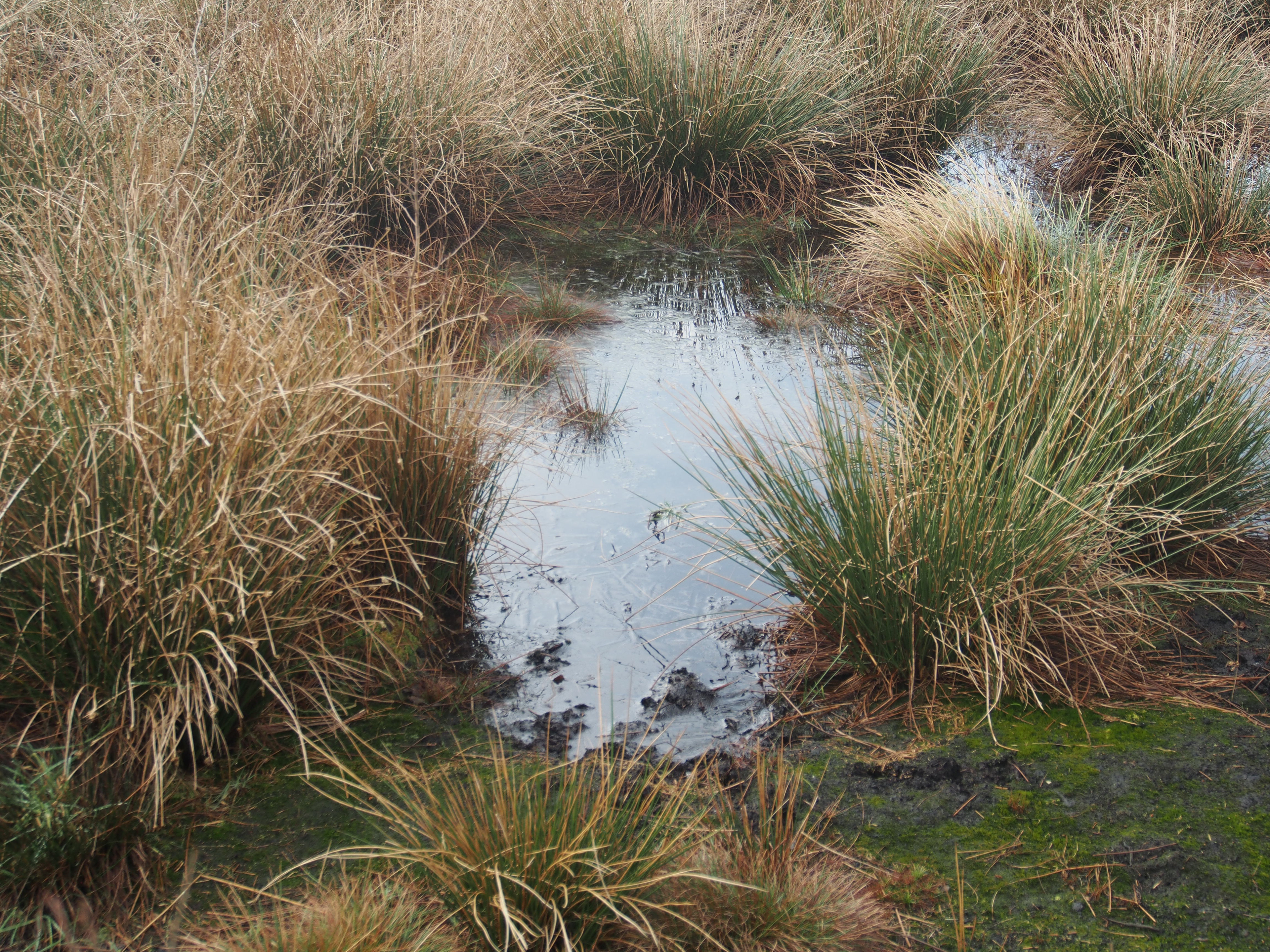
Sphagnum pool

Area of replanting

Exposed peat in drainage ditch

Bog Box

Sphagnum in box box

Box Boses
28th January 2025 - today I’ve been trying my hand at some amateur mycroscopy, using my son’s microscope to look at some moss samples collected from my garden and nearby where I live as well as some my partner had collected on a walk with friends. I need more practice at this but the patters in the structure of the moss are interesting, it reminds me embroidery or crochet. Maybe I could use something like this to recreate this effect in the future, although I can’t crochet so that something else new to have a go at.
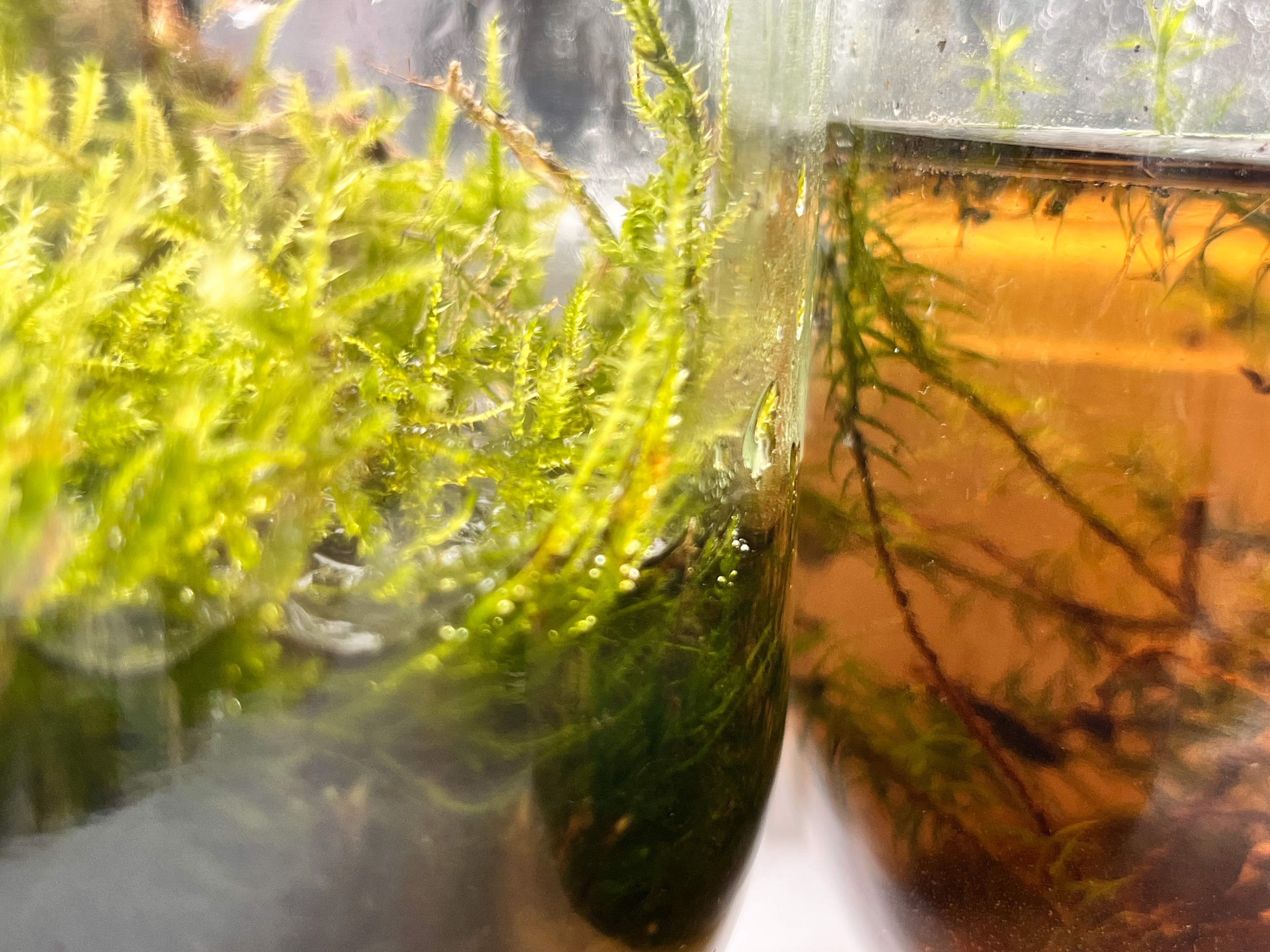
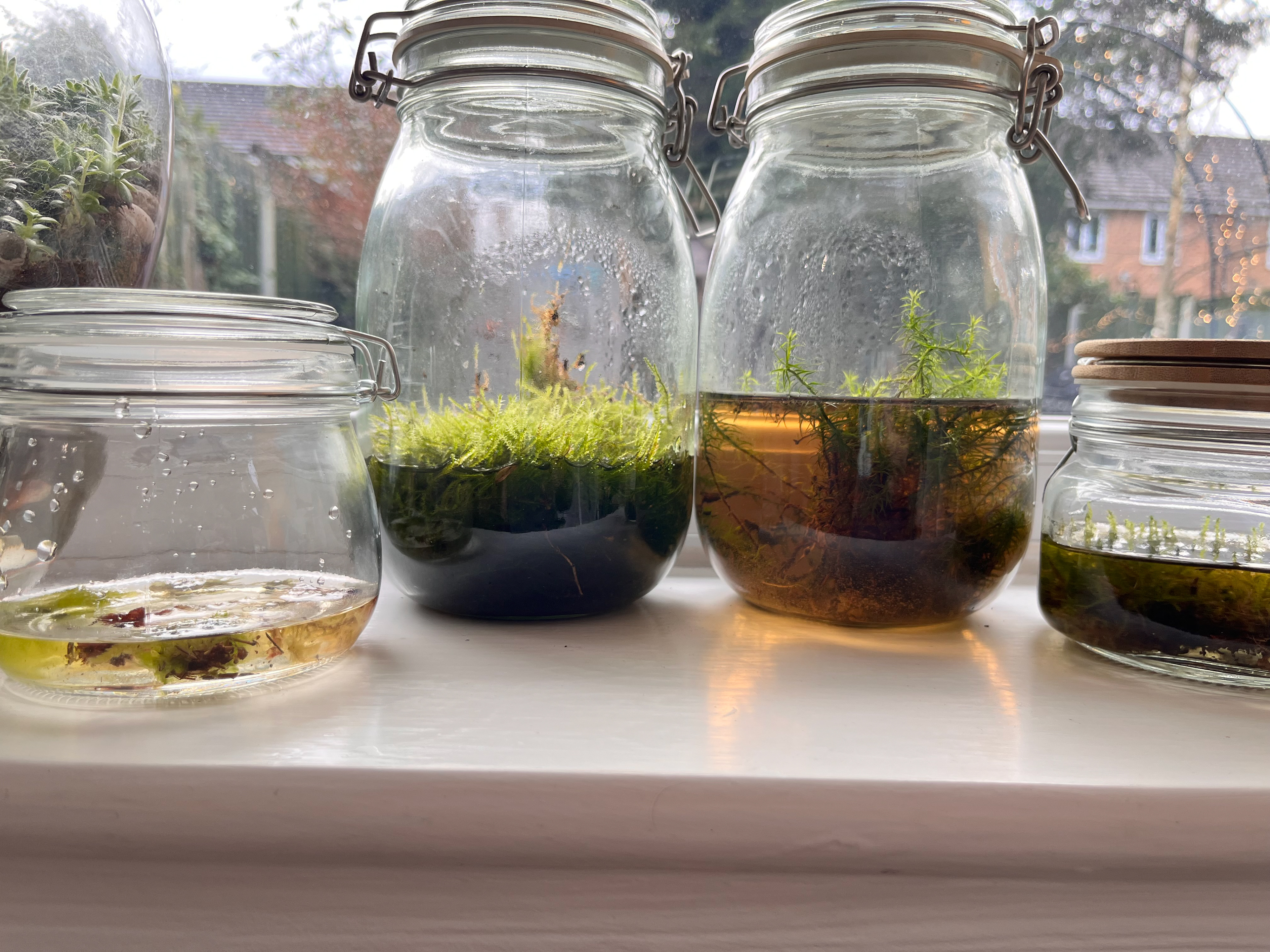
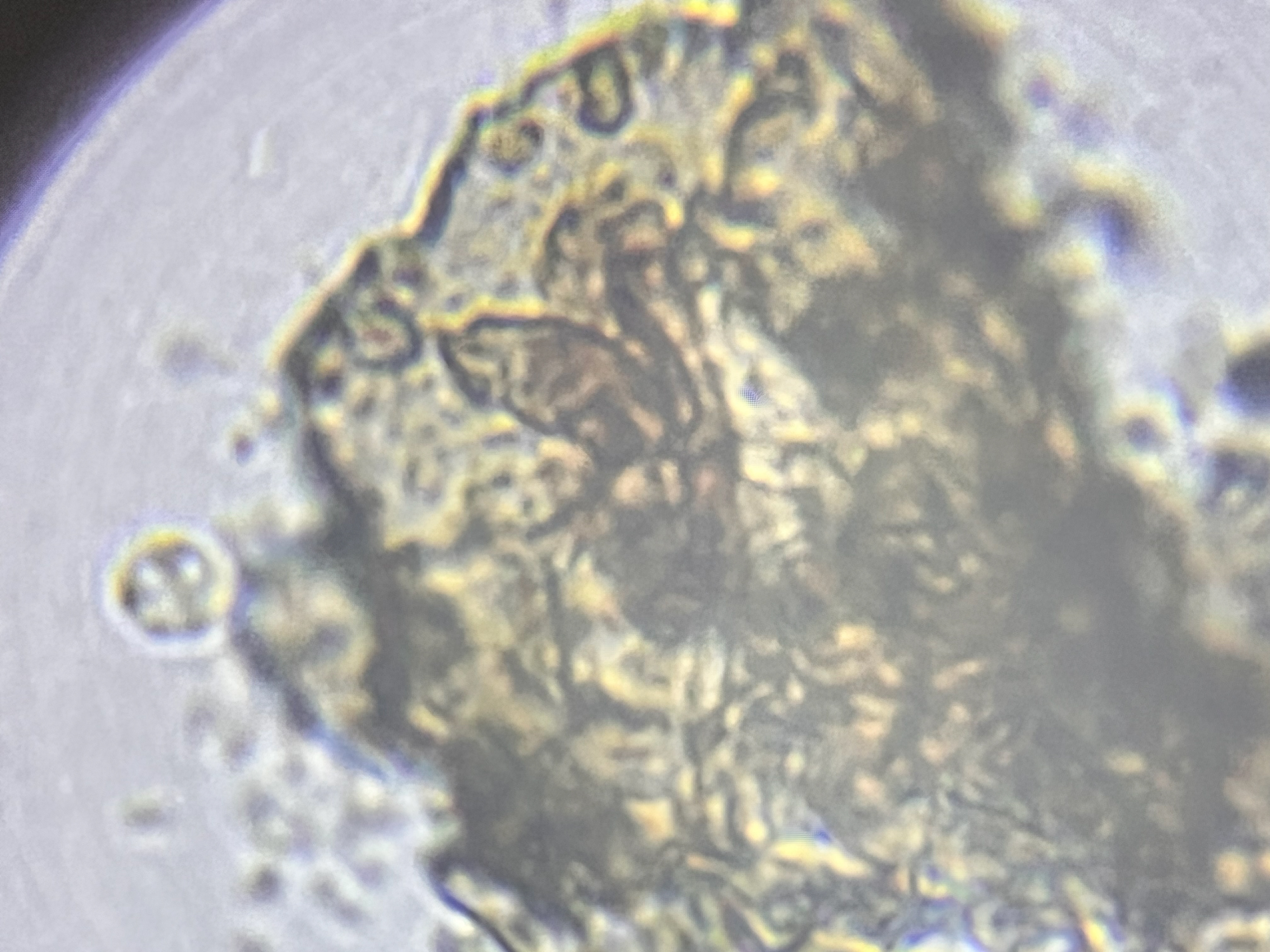
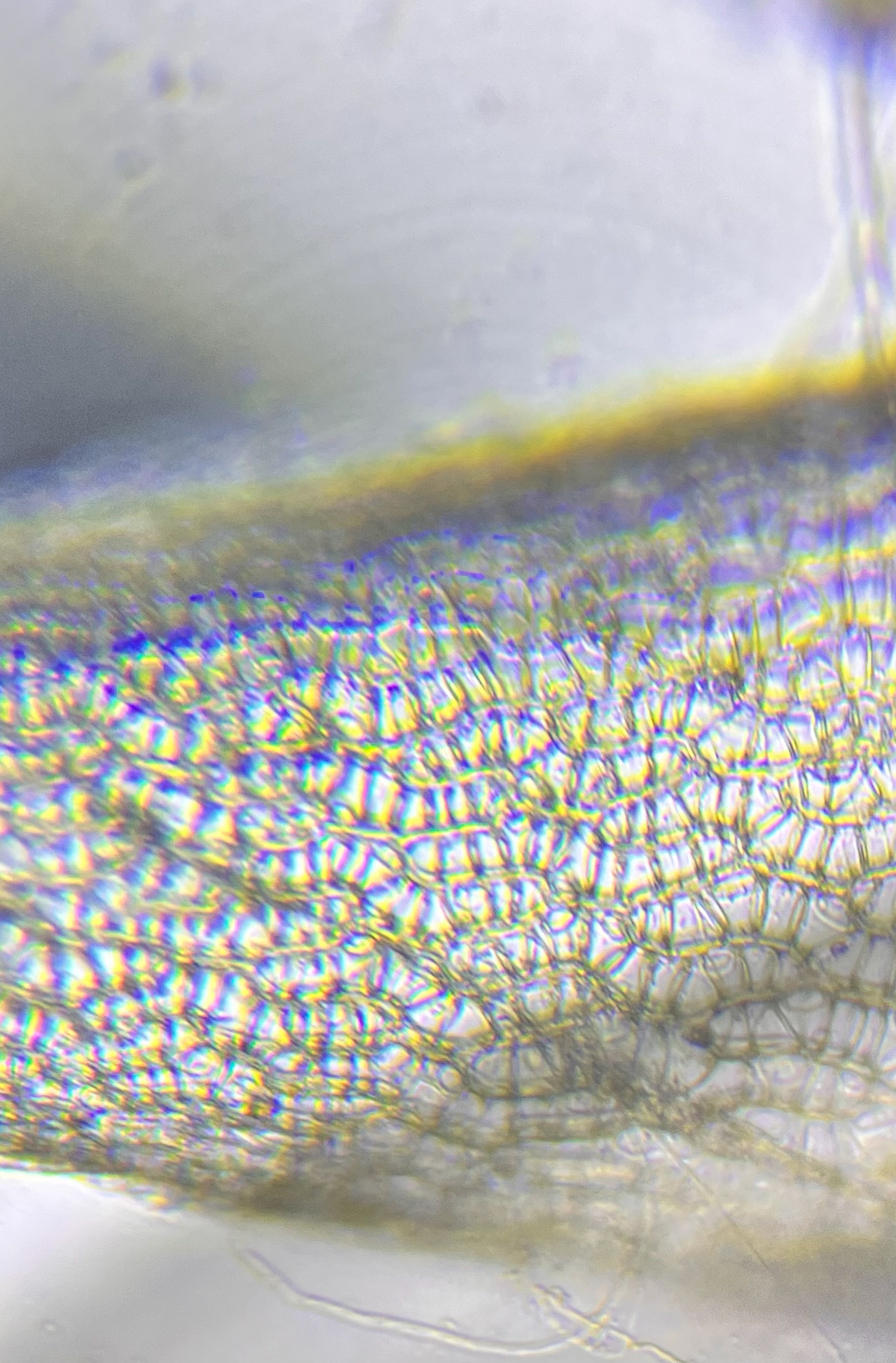
2nd February 2025 - Next up, some more mossy walks closer to home, I’m fortunate to live close to a few of Wigan’s Flashes and have a local pond just a stone's throw any from my house, so I often find myself here having a mooch around. I’ve started to think more about the process and materials used in the restoration of peatlands. I am aware that natural fibres such as hessian, coir and wool are often used, so I think this would be a great place to start. I would like to use this to make a blanket, made for the floor or as a surface for a projection, but it could also be used to create some form of clothing, like a cloak.
14th February 2025 - My lovely studio neighbour kindly donated some natural wool for me to experiment with, we had been discussing natural fibres and ways to dye fabrics at the time. I’ve started to make this into a ‘bog blanket’, I’ve been thinking about this for a while, I think I would like to bury the blanket (once it’s made) in some peaty soil to see if it picks up some earthy colours and smells.
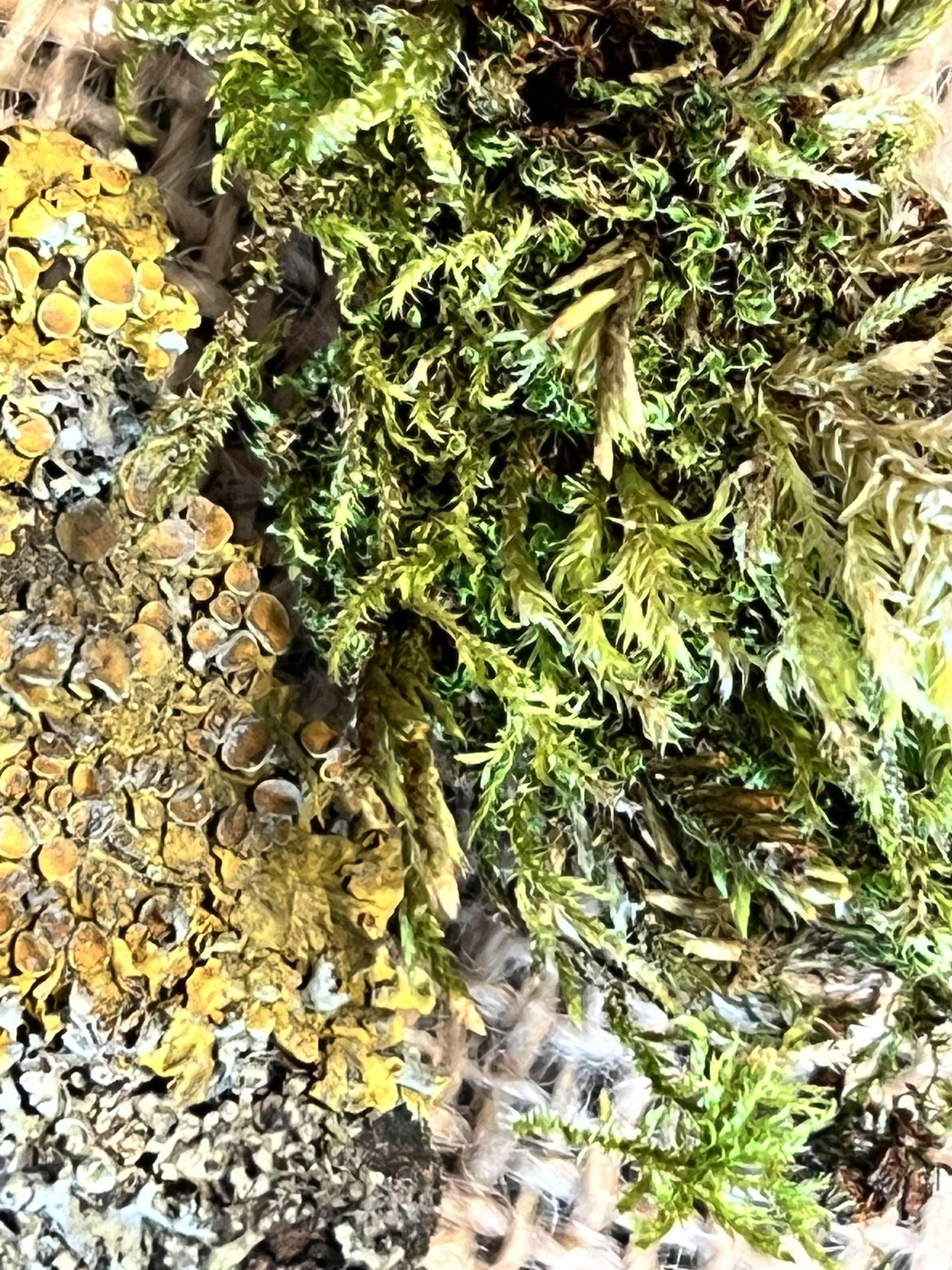
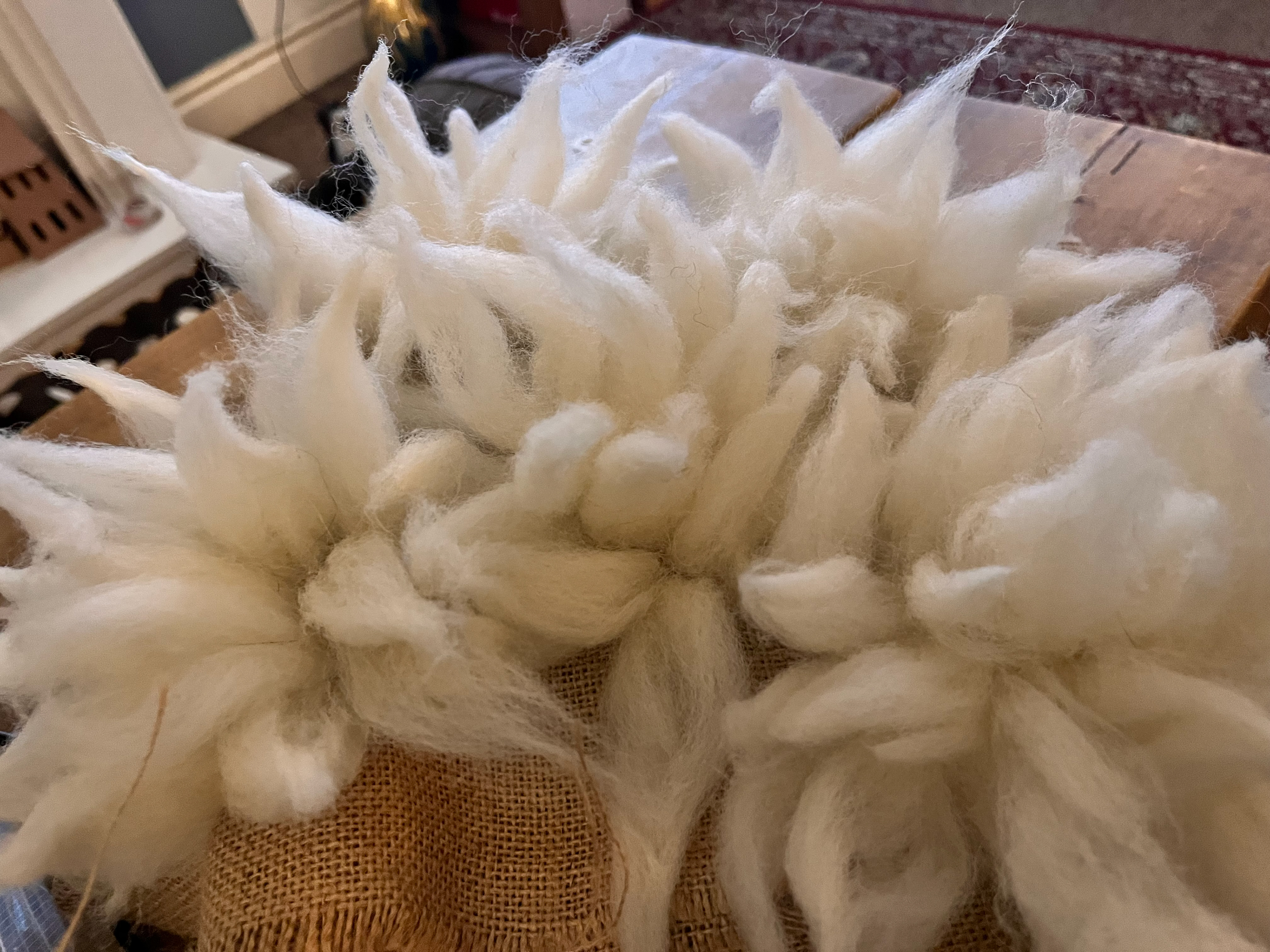
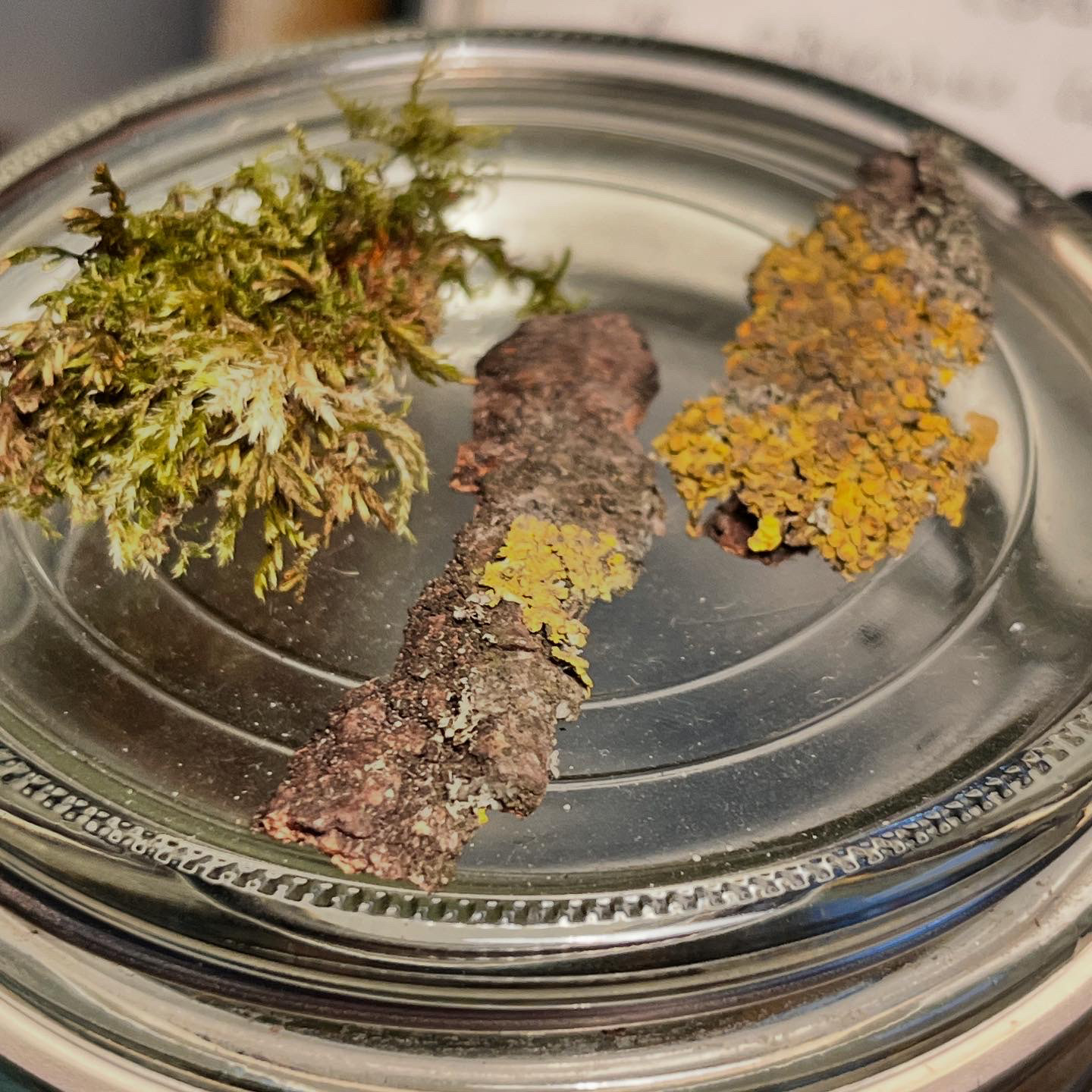
25th February 2025 - I wanted to check out how to get to Astley Moss and look at the surrounding area, I can’t go to this site yet as I’m waiting to talk to LWT about gaining access so I just popped down to have a look at the area, I’m really glad I did this as it have me some perspective about the amount of land that’s has been converted to farm land, sometimes it’s difficult to tell on a map or driving by as everything looks green or is hidden by trees. The whole landscape has been divided by drainage channels. I spoke to Dr Stephanie Evers at LJMU this week. She is carrying out research into Pauludiculture, a wet farming technique that can prevent further loss of soil carbon if adopted by farmers, so it came in useful that I was familiar with the area.
I also took a trip up to Winter Hill, close to an area of blanket bog that was left severely damaged by fire in 2018, more about that in my videos.


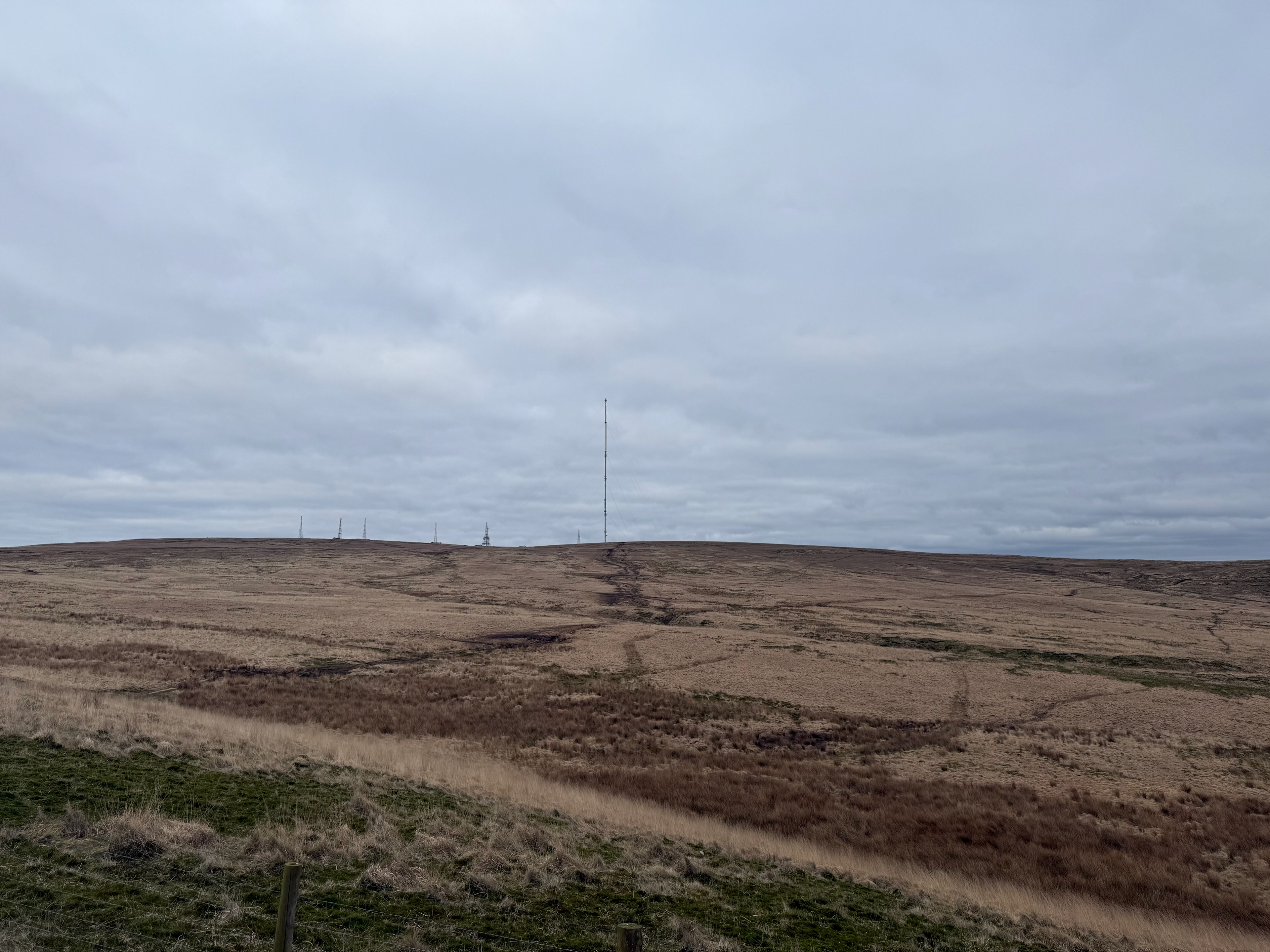
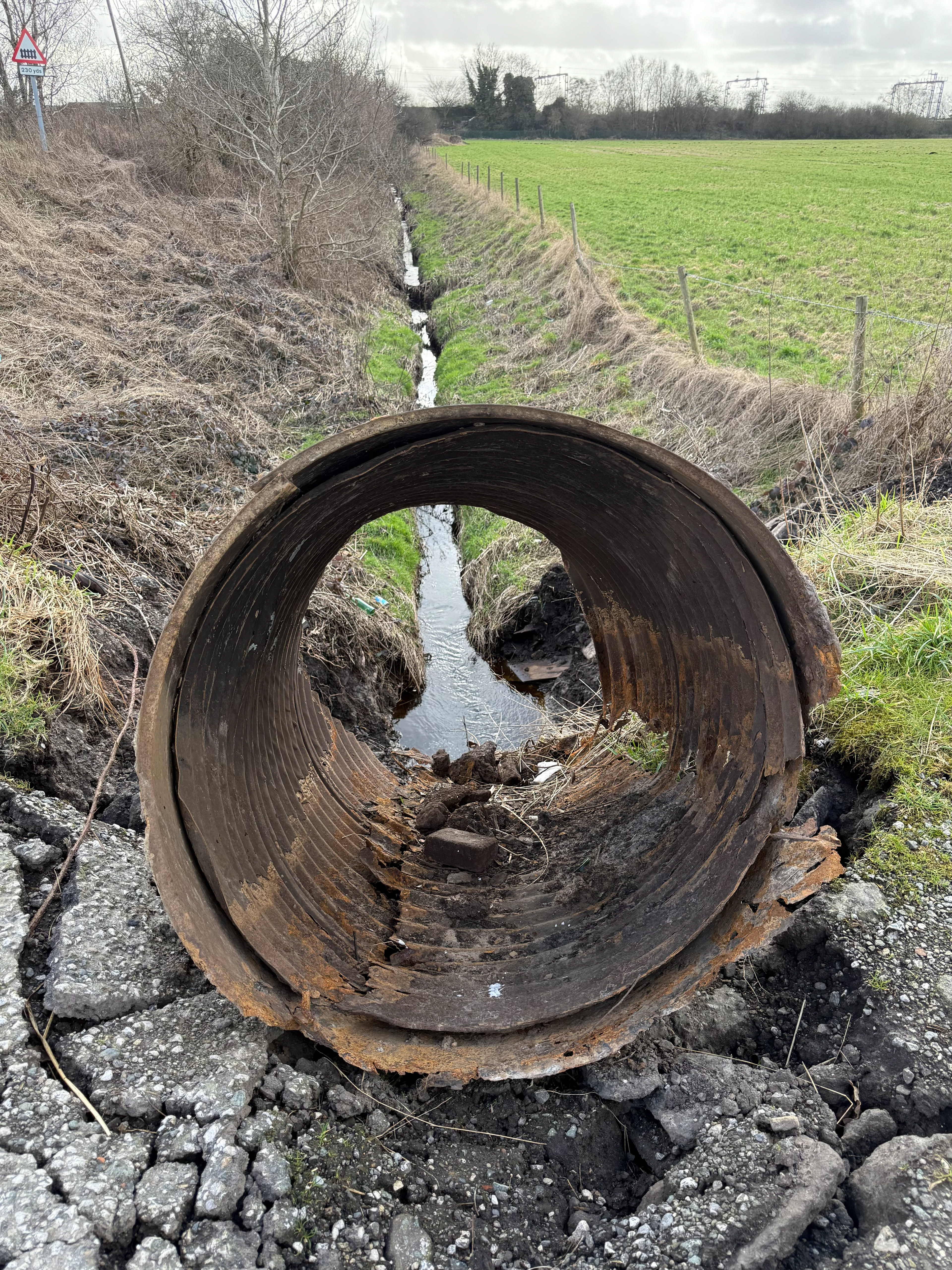

2nd March 2025 - Another quick visit to Cadished and Little Wooden Moss and although it’s still cold, the first hint of spring is in the air and buds are beginning to appear on the trees.


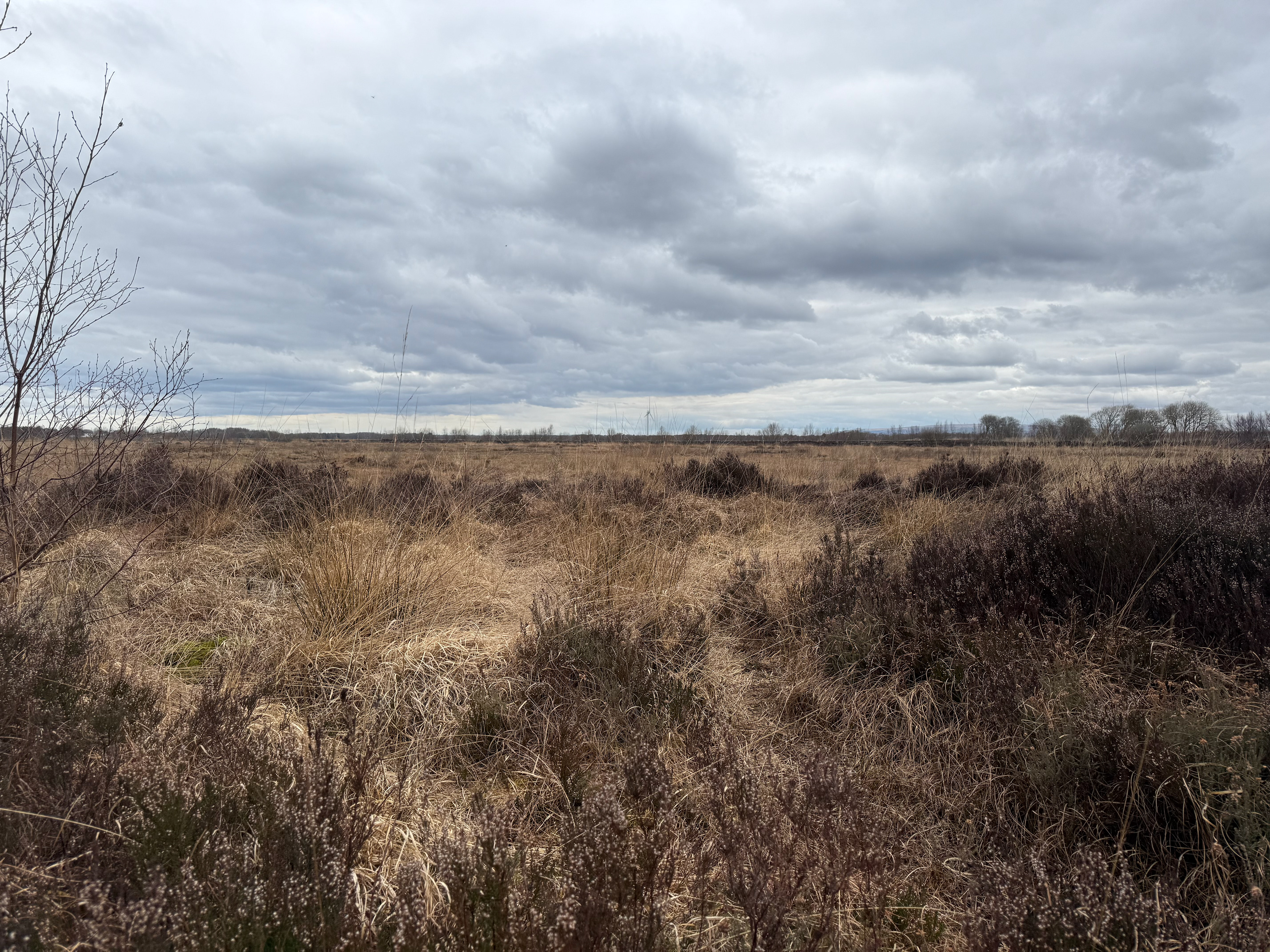

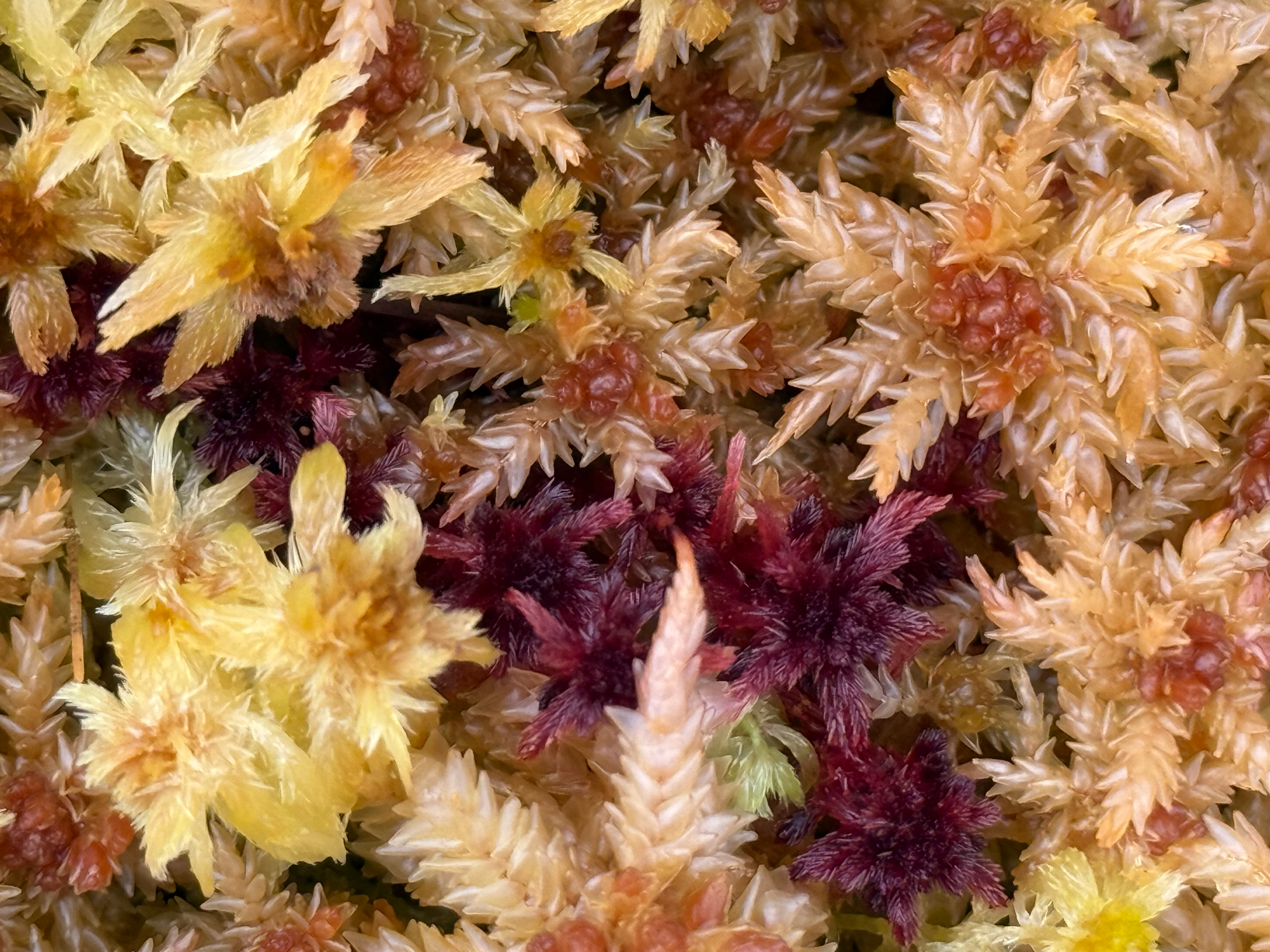
10th March 2025 - I took a trip to the Liverpool University Science fair with the kids at the weekend and got talking to a scientist who was researching skin biomes, telling her about my project, she was kind enough to let me take some charcoal swab kits so that I could use them to collect soil samples.
21st March 2025 - I’ve been on a visit to Bowland Knots, so I could get footage to create some cinematography. Unfortunately I didn’t seem to take any images but I have lots of video footage instead and of course the images of the mycelium help to jog my memory. Bowlines is stunning, I stopped on the way to as I drove passed some woodland that looks like plantations, the mosses inside the wood are stunning and I managed to get some great footage for a fist attempt, I would like to go back again though and see what else I could capture, different weather conditions, light or time of day maybe. The road to Bowland Knotts is narrow and winding but I always prefer to take the scenic route so I don’t mind and enjoy the drive. Eventually you come out of the narrow drystone walled track dotted with forests and plantations, as the road opens out to rolling open hills covered in grasses, heathers and and mosses, Bowland Knotts itself is a rocky lime stone outcrop, the landscape is windswept, I had brought the drone with me but I don’t think It’s a good day to fly it despite the fair weather, its pretty exposed and windy as a result. But I have the camera, my phone as well as some of the swab kits and malt extract agar plates (MEA). MEA is preferred by mycelium and helps deter bacteria, so now hooked on growing mycelium! I’ve also been listening to Merlin Sheldrake, Entangled Life and now I’m hooked on growing mycelium, not just because it’s fascinating, but I also want to see if I can observe any differences different peatlands according to condition, It would be nice if I could make some comparisons but I think I’ll need to brush up on this a bit more before I can understand what’s going on, still facinating though!
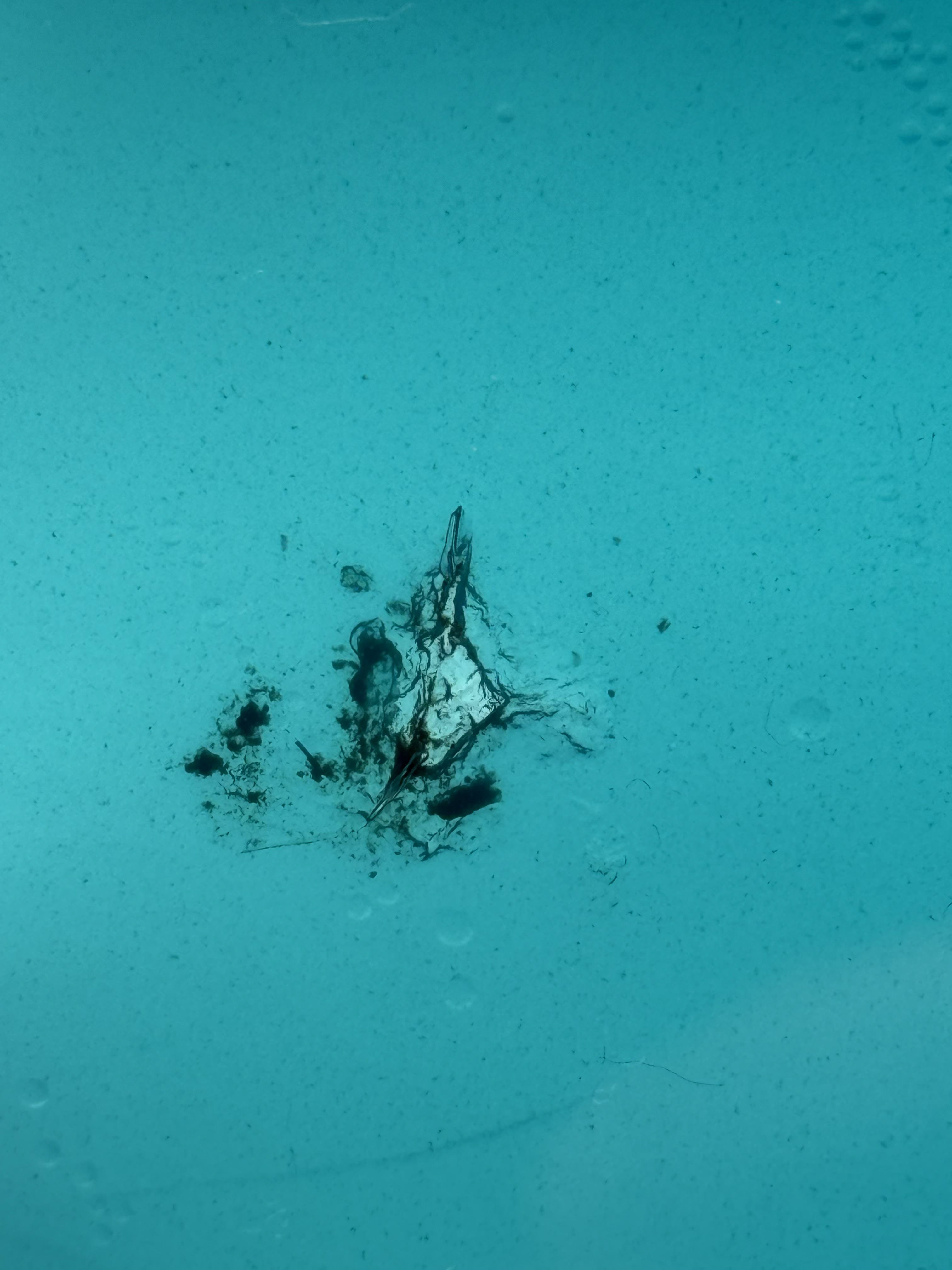
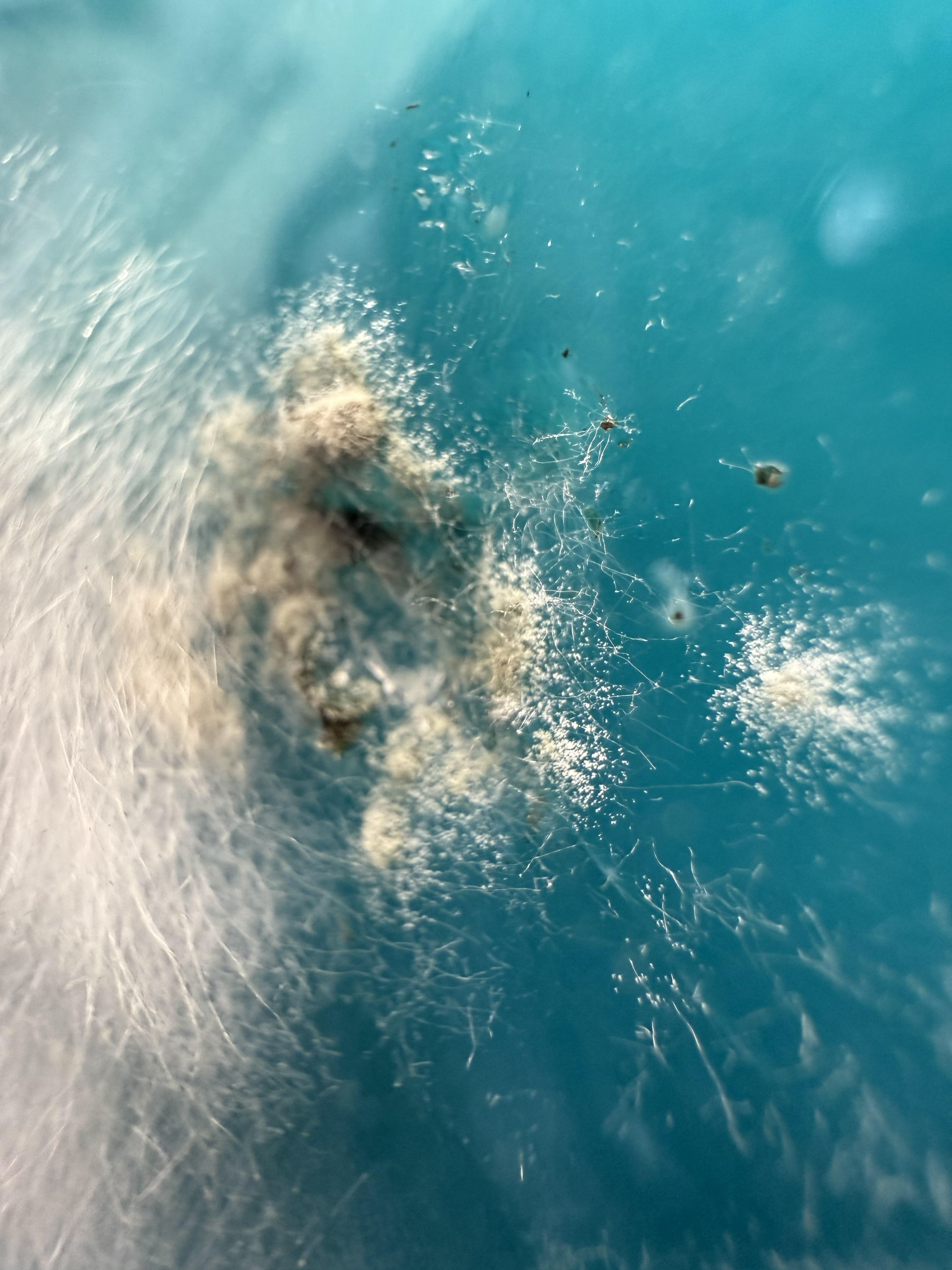



27th March 2025 - Another trip to Cadishead and Little Wooden, this time I had been invited by Dr Stephanie Evers to join ecology and conservation students from LJMU who were attending a field trip. This was a really interesting day, I got to get out right into the middle of the moss for this first time, lecturers from LJMU and LWT staff where available to guide us safely across the moss, point out areas of particular interest such as a an ancient bog oak and got to ask lots of questions. I took tones of video footage and also some soil samples that I placed straight onto MAE plates while I was there.

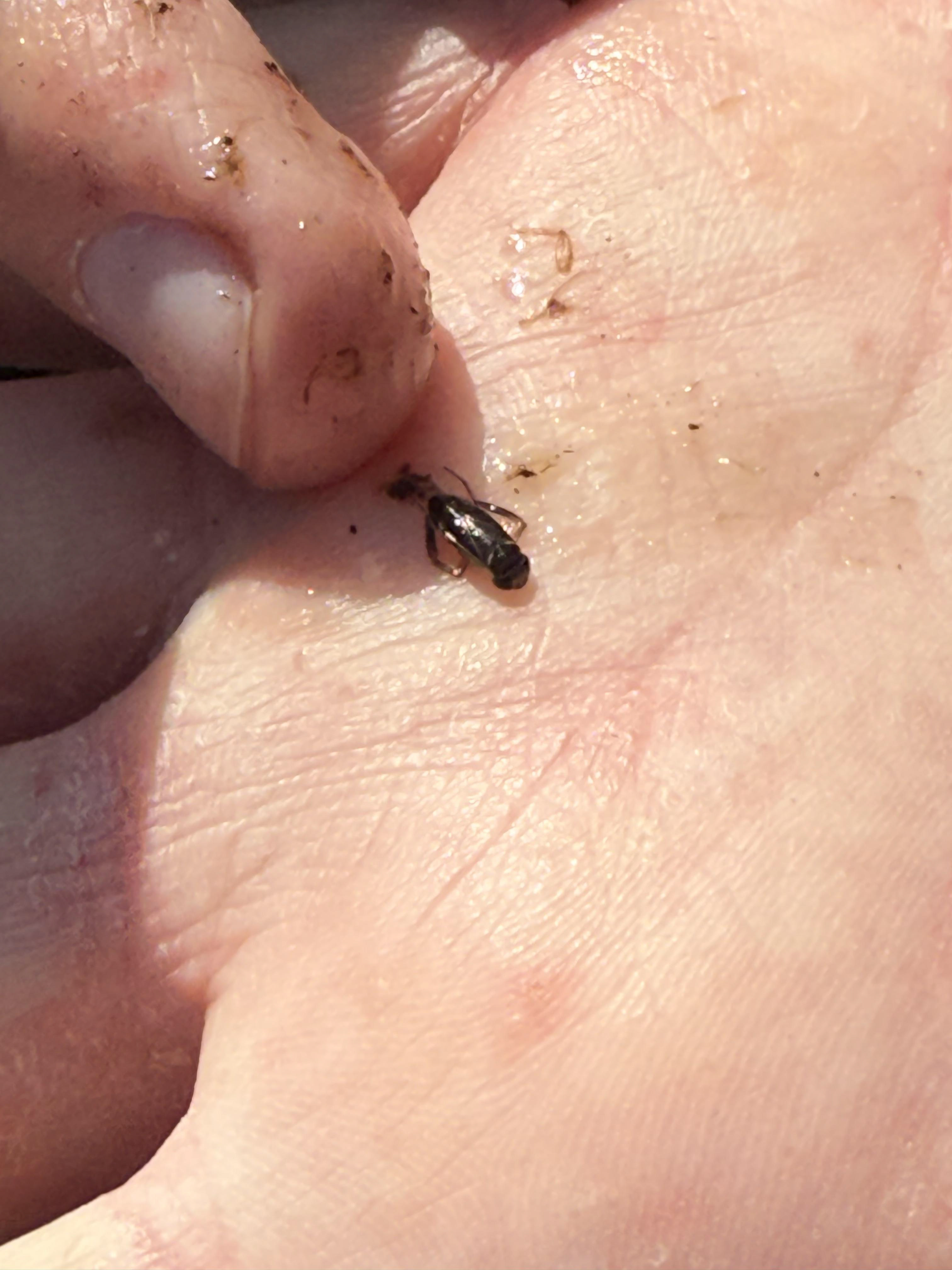




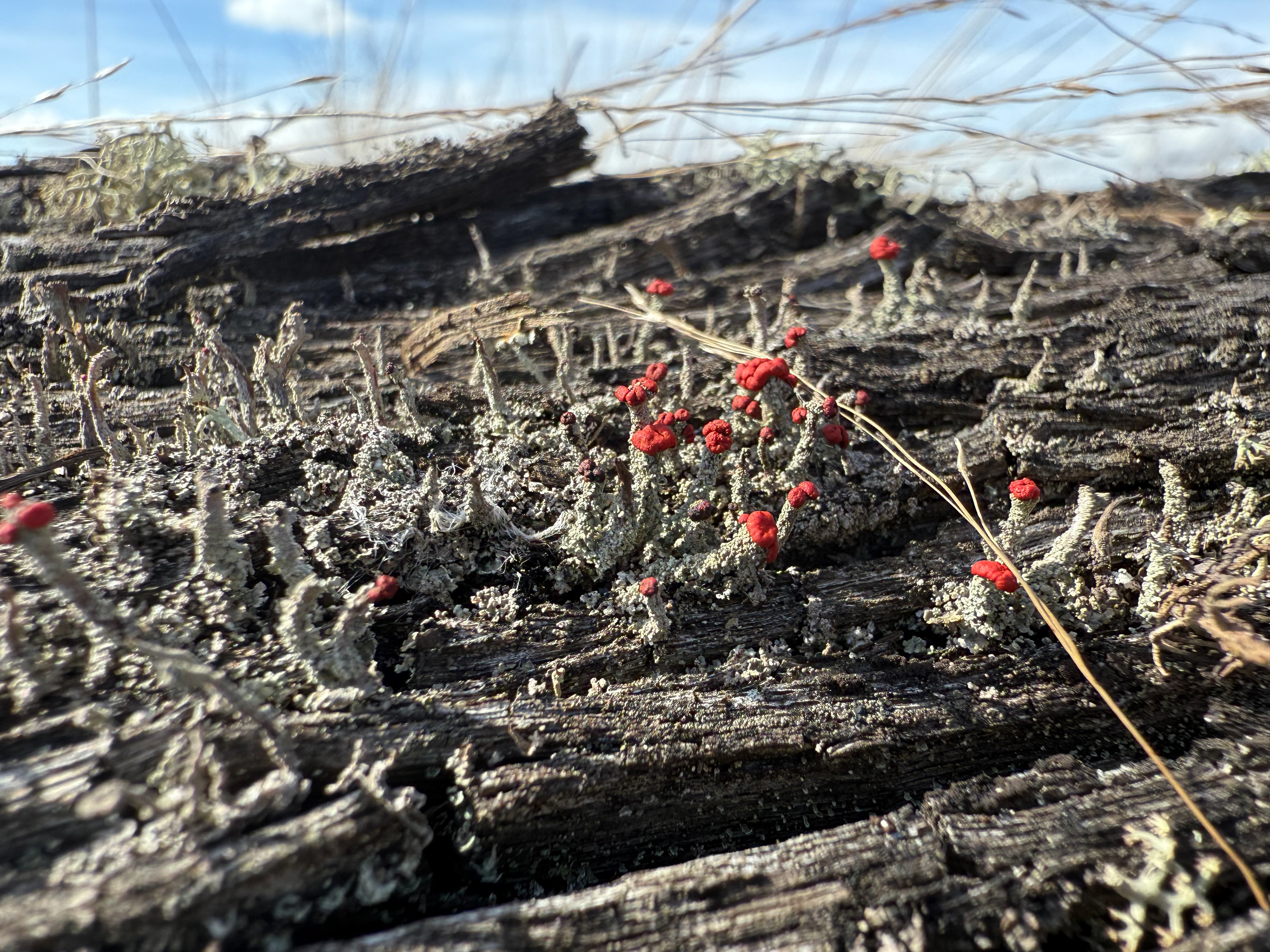
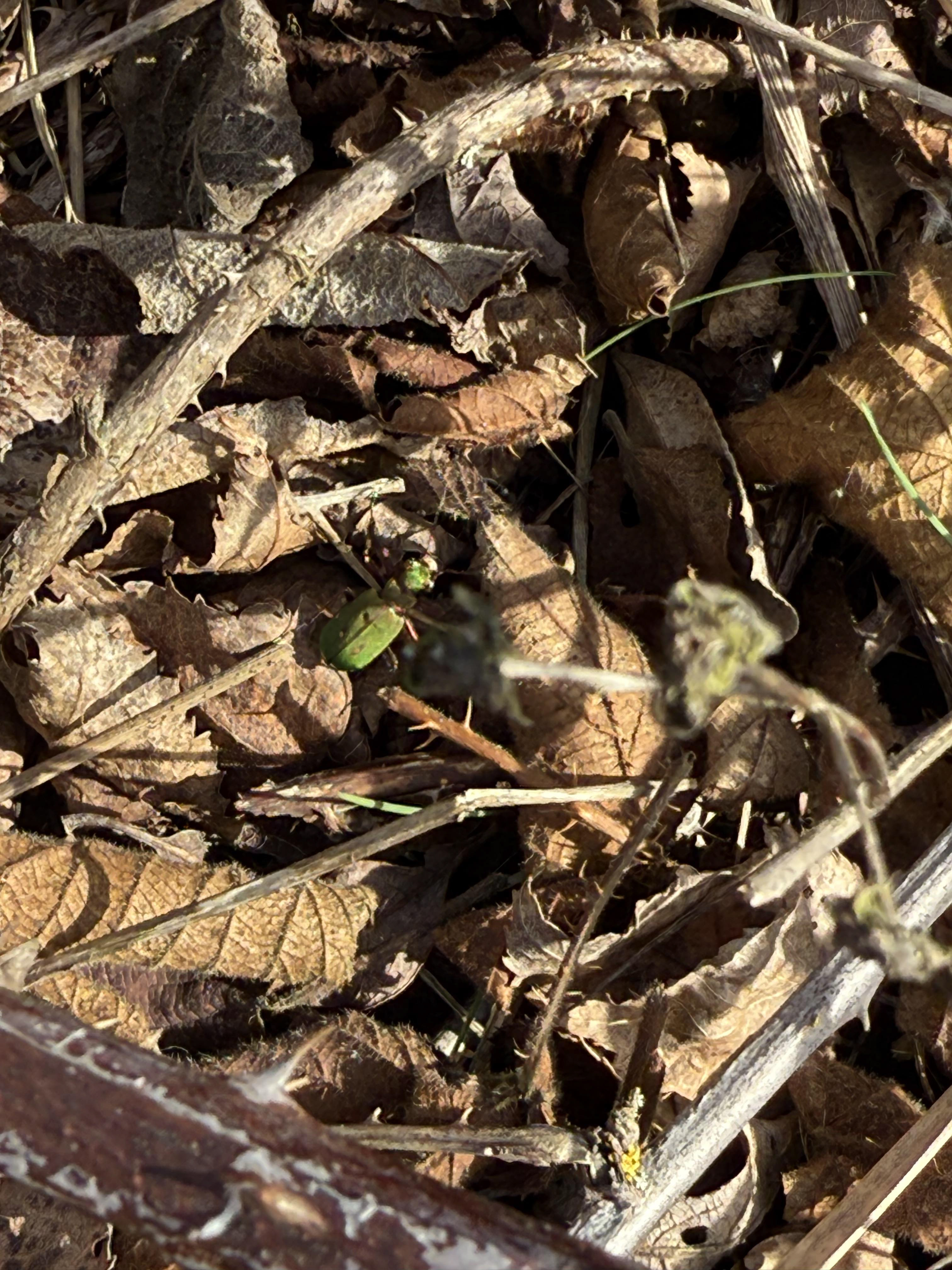
31st March 2025 - I’ve grown the new mycelium lates from the samples taken at Cadishead and Little Woolden. I did try my first time-lapse, but it was an epic fail, so back to the drawing board on that one.
5th April 2025 - I’ve been experimenting with projections of the cinematic work I’ve been working on in my studio today.
I’ve got 3 little projectors, one ancient one I keep at my studio, a little tiny cheap one, that turned out to be the best image but was a pain to get working and a new half-decent one that I have for home. It wasn’t an ideal setup up but it gave me some ideas about how I might want to present cinematic elements of my project. It was a really interesting experience and gave me lots to think about.






8th April 2025 - Soil, The Word at
Finally took my trip to see Soil at Somerset House in London before it closes. I was lucky to get a grant for funding towards this, so thank you to the GMCA Recovery Fund. The exhibition was amazing and definitely worth the trip. I particularly found artist Miranda Whall's, ‘Dirty Pricks” (2024), an interpretation of scientific data collected in the Cambrian mountains, interesting. Her durational drawings as a response to scientific data are made using ink or pinpricks on paper. It made me curious as to how I could improve my hydrology research from the Copernicus Sentinel satellites to further incorporate data from peatland restoration, and how I could gain access to data relative to areas of my research.
The amount of work looking at soil from every angle was astounding, way too much to list for now, but if you're interested, you can find it here
I have been collecting LiDAR scans as my project evolved, despite being unsure what to use them for. I was fortunate to meet artist Tracey Hall, who had used LiDAR in ‘Sensorium’ (2015), a series of works where the artist reinterpreted data to reflect the ‘transitory properties’ of lowland raised bogs. Further research is required for me to understand how the LiDAR data I have collected so far and future data could be used as a means of interpreting or reinterpreting the current conditions of the peatland. This has the potential to be included in further cinematographic work alongside the GCI mycelium growth and Time-lapse photography.
